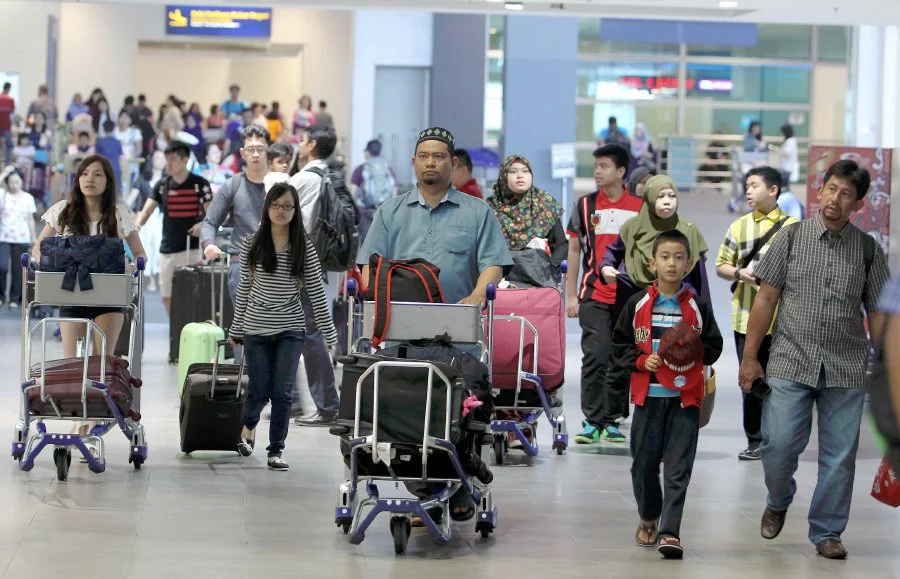By Ta Loong Gan
THE business world’s increased reliance on technology in response to the COVID-19 pandemic has had the advantage of accelerating the adoption of digital technologies, particularly cloud-based solutions.
The dark side of this rapid technology adoption has been the simultaneous rise in cybersecurity threats. In 2019, Singapore witnessed a 51.7% increase in reported cybersecurity incidents, compared to the previous year.
COVID-themed cyber crimes climbed in the early part of 2020, as criminals sought to take advantage of the global situation.
The Cyber Security Agency (CSA) warns that these forms of attacks will continue as the workforce model shifts to a blend of telecommuting and working in offices.
As companies adapt to employees working outside of secure corporate networks and leveraging technology solutions that have not been approved or security tested, IT teams are playing catch up.
Several teleconferencing and collaboration solutions have gained global popularity during the pandemic but its vulnerabilities have been exposed.
While these apps have facilitated internal collaboration, virtual business meetings, training sessions and other critical interactions, the unsanctioned use of these tools on personal devices makes it difficult for IT teams to control.
This lack of control raises the risk of unauthorised access leading to potential theft of company data and assets.
Business operations will continue to take place in mostly virtual settings for an extended period, and employees should be trained about how to reduce the risk of a data breach when using their own devices and software solutions from home.
Now is also an important time for companies to reassess their software solutions to determine which technology is best suited to their operations.
Getting the technology right is crucial to success in this new, hybrid working landscape that requires effective collaboration and communication for in-person and virtual meetings.
Companies can reinforce security by implementing strict identification and authorisation protocols and encrypting all data.
This is important to ensure that these solutions support business goals, and do not create network vulnerabilities as greater amounts of sensitive content travels across internal networks and the cloud via multiple devices and software solutions.
Companies and technology providers have important roles to play in ensuring that wireless systems and devices are not publicly accessible when connected to third-party networks.
Additionally, both parties need to work collaboratively to identify and eliminate possible vulnerabilities. When selecting new solutions, companies should start by looking for technology providers that have built data security into the design of their solution.
It is more important than ever to prioritise network security. Implementing strong and appropriate cybersecurity measures around remote working and collaboration tools will help companies secure valuable data, and lay the foundation for the hybrid office structures to accommodate the evolving workforce beyond the pandemic. – Dec 17, 2020
Ta Loong Gan is the managing director of Barco SEA and vice president of ProAV at Barco APAC
The views expressed are solely of the author and do not necessarily reflect those of Focus Malaysia.










